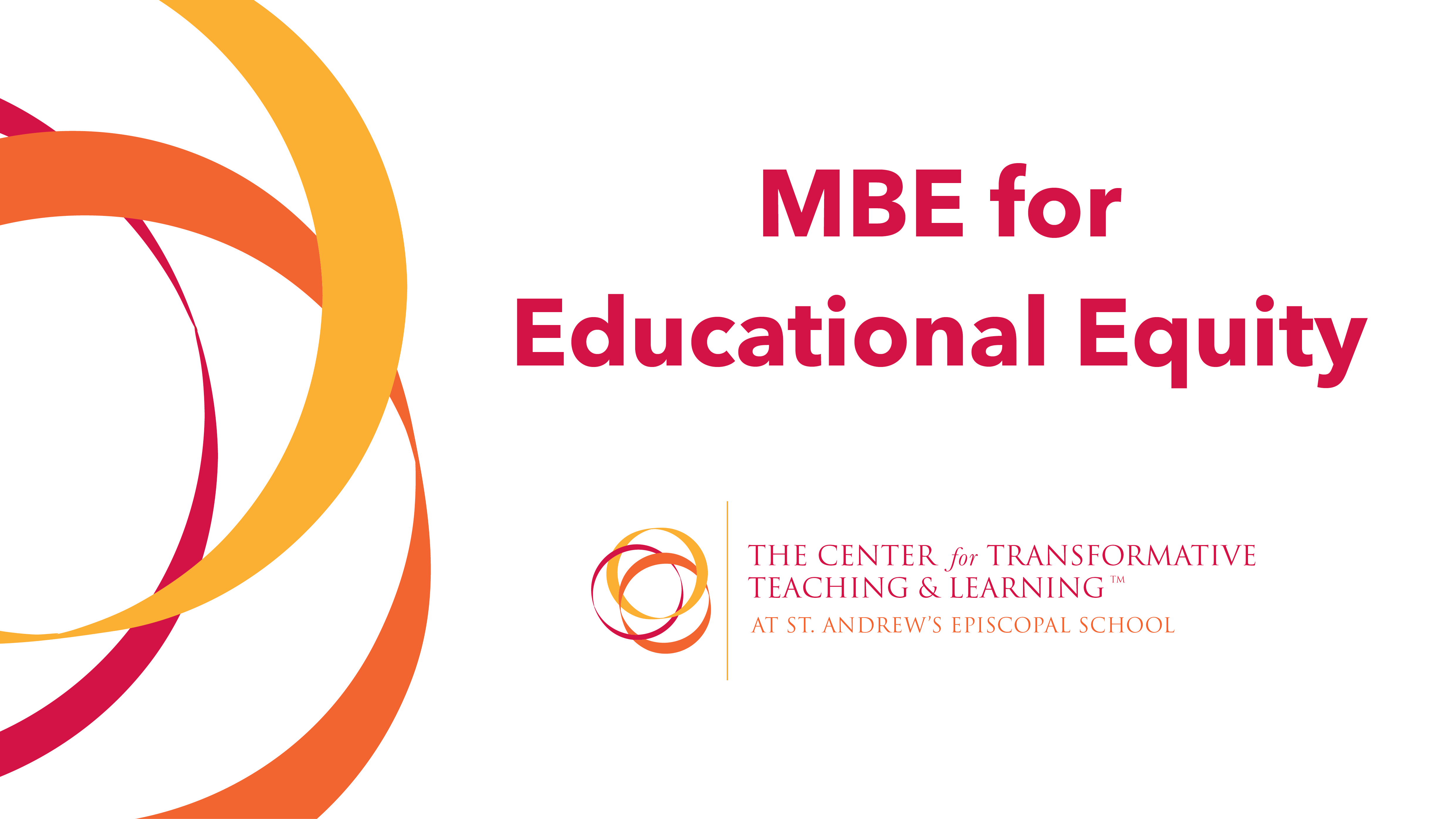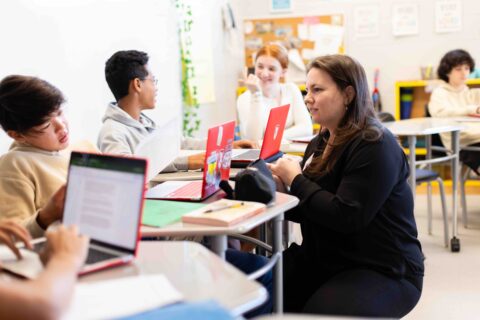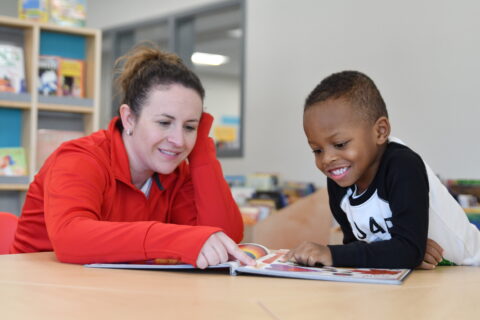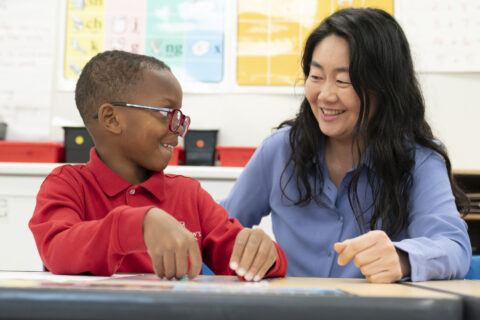The CTTL stands in grief and solidarity with our Black students, colleagues, and community members here at St. Andrew’s, as well as our partners across the country and around the world. Black Lives Matter, and the economic wealth of our nation is built upon systems of oppression that deny this truth. As educators, we each need to begin with ourselves and unlearn the racist ideas we are all swimming in — which is the next essential step toward equity in education and will ripple outward from us to our students and society.
The Mind, Brain, and Education (MBE) research-informed principles and whole-child approach that have guided the CTTL’s work up until this point feel simultaneously more important than ever — and not yet enough. It is a time to reflect on the truth of what we already know, and examine where we, as teachers, leaders, and supporters of learning communities, need to do better to create change for equitable learning and school experiences.
Understanding trauma and toxic stress
It is already a chronic source of stress to be a person of color in a nation built on white supremacy. The stress and trauma is exacerbated now by COVID-19, its disproportionate health and economic impacts on Black, Indigenous and People of Color (BIPOC), and the institutionalized violence against BIPOC Americans, which recently reached a boiling point with the murders of George Floyd and so many others. Educators need to understand the impacts of all of these stressors on students’ brains, development, and mental well-being. We need to support students by authentically knowing and listening to them, eliminating identity threat, and elevating identity validation. Learning is considerably harder when students are experiencing chronic high levels of stress, known as toxic stress. This will require extra time and attention now and moving forward into the 2020-2021 school year. The work of Turnaround for Children has been particularly informative to the CTTL’s own thinking about the effects of toxic stress, as has research from the Harvard University’s Center on the Developing Child. See our suggested resources below.
Belonging and relationships
Students need to know their school stands with them — and given that at least 80 percent of teachers in the United States are white, we need to voice our solidarity with our BIPOC families loudly and often. We need to ensure that our response to racial injustice no longer lags behind our students’ experience of it. There is promising research on what has been called “belonging” in academia — an interesting choice of term because the potential positive impacts and the work we as educators need to do goes far beyond just helping our BIPOC students feel like they belong in our class. There is a link to more resources on belonging below.
Positive relationships with adults are a buffer against trauma and toxic stress. Make space for all students to share their anger, frustration, and grief without telling them what to think or how to feel. And in particular, we need to return space to and uplift the voices of BIPOC individuals in our school communities.
Students deserve to see themselves reflected in the faculty, staff, and leadership of their schools. Research suggests that having a teacher of color can boost performance, help close achievement gaps, and increase graduation rates for students of color, plus a host of other positive impacts. Beyond hiring decisions and recruitment practices, schools need to better support and elevate the talented teachers and leaders of color they already have, and make the extra financial and psychological burdens they shoulder in this work more sustainable for them.
Culturally sustaining curriculum and pedagogy
This should be a call to action to examine and update our curriculum. All students deserve to see themselves in what they learn, and both our BIPOC and white students need a non-white lens throughout the school’s curriculum to understand and unlearn the racist ideas that have been used to justify oppression. This work is not solely the province of history and English teachers, and cannot be just put into an optional elective course that only some students take. Instead, it needs to be woven throughout all divisions and disciplines in a way that aligns with the stated mission and philosophy of the school so that students perceive it as a common thread of their experience and relevant to their lives.
The CTTL is run by teachers who work with students every day. We pledge to critically examine our own practices and continually educate ourselves so we can better support our colleagues and the global network of schools we partner with to do the same. This summer, our work includes, but is not limited to:
- Creating research-informed professional development programming to help teachers and school leaders explore the intersection of DEI and MBE, examine their own practices, and apply strategies in their own classes and school. This will include online microcourses, synchronous workshops, a self-examination tool, and microcredentials.
- Creating professional development programming on toxic stress and trauma as part of our Neuroteach Global platform.
- Bringing more diverse voices into the work of the CTTL.
- Elevating the voices of BIPOC researchers and leaders.
The following resources have been foundational to the CTTL’s work. These would be a great place to begin moving from conversation to action.
Start with these articles
- Four Ways Schools Can Support Teachers to Become Actively Anti-racist (EdWeek)
- Toxic Stress (Harvard University’s Center on the Developing Child)
- What We Know About Belonging from Scientific Research (Mindset Scholars Network)
Dive into this academic research
- Drivers of human development: How relationships and context shape learning and development (Turnaround for Children)
Explore a book that guides teaching practice
- Culturally Responsive Teaching and The Brain: Promoting Authentic Engagement and Rigor Among Culturally and Linguistically Diverse Students by Zaretta Hammond (Consider buying this book from a black-owned online book store)
Finally, we’re acutely aware that racial injustice in American education is a pervasive and systemically engrained problem with many components beyond our immediate sphere of influence. There is no easy solution, so perhaps our greatest commitment is to be in it for the long haul come what may. Great teachers alone will not solve the problems of systemic racism, but global history suggests that education must be part of the pathway to change. We welcome your ideas about how we can support and learn from each other in this work.
In solidarity,
The CTTL team




